VREL NextGen- remote access distant labs
We’re currently rebuilding an old VREL system on both hardware and software levels. New labs with new software will be available in mid-2024. Please follow our Facebook profile for latest news: https://www.facebook.com/iotopeneu
Intellectual output disclaimer and copyright notice
This Intellectual Output was implemented under the Erasmus+ KA2: Strategic Partnership in the Field of Education, Training, and Youth – Higher Education.
Project IOT-OPEN.EU – Innovative Open Education on IoT: improving higher education for European digital global competitiveness.
Project number: 2016-1-PL01-KA203-026471.
Erasmus+ Disclaimer
This project has been funded with support from the European Commission.
This publication reflects the views only of the author, and the Commission cannot be held responsible for any use which may be made of the information contained therein.
Copyright Notice
This content was created by the IOT-OPEN.EU consortium: 2016 – 2019.
The content is Copyrighted and distributed under CC BY-NC, free for Non-Commercial use.
PROJECT DISCLAIMER

This project has been funded with support from the European Commission.
This publication reflects the views only of the author, and the Commission cannot be held responsible for any use which may be made of the information contained therein.
PROJECT IDENTIFICATION
This project was implemented under the Erasmus+ KA220-HED – Cooperation partnerships in higher education.
Project IOT-OPEN.EU Reloaded: Education-based strengthening of the European universities, companies and labour force in the global IoT market.
Project number: 2022-1-PL01-KA220-HED-000085090.
Sponsored by the Foundation for the Development of the Education System
INFORMACJE W JĘZYKU POLSKIM
Informacje o konkursach, zamówieniach publicznych oraz postępowaniach dla konsorcjanta Politechnika Śląska (SUT) znajdują się na stronie BIP.
COPYRIGHT NOTICE

This content was created by the IOT-OPEN.EU and IOT_OPEN.EU Reloaded consortium: 2016 – 2019 / 2022-2025.
The content is Copyrighted and distributed under CC BY-NC Creative Commons Licence, free for Non-Commercial use.
In case of commercial use, please contact IOT-OPEN.EU Reloaded consortium representative.
Technology icons created by Smashicons – Flaticon
